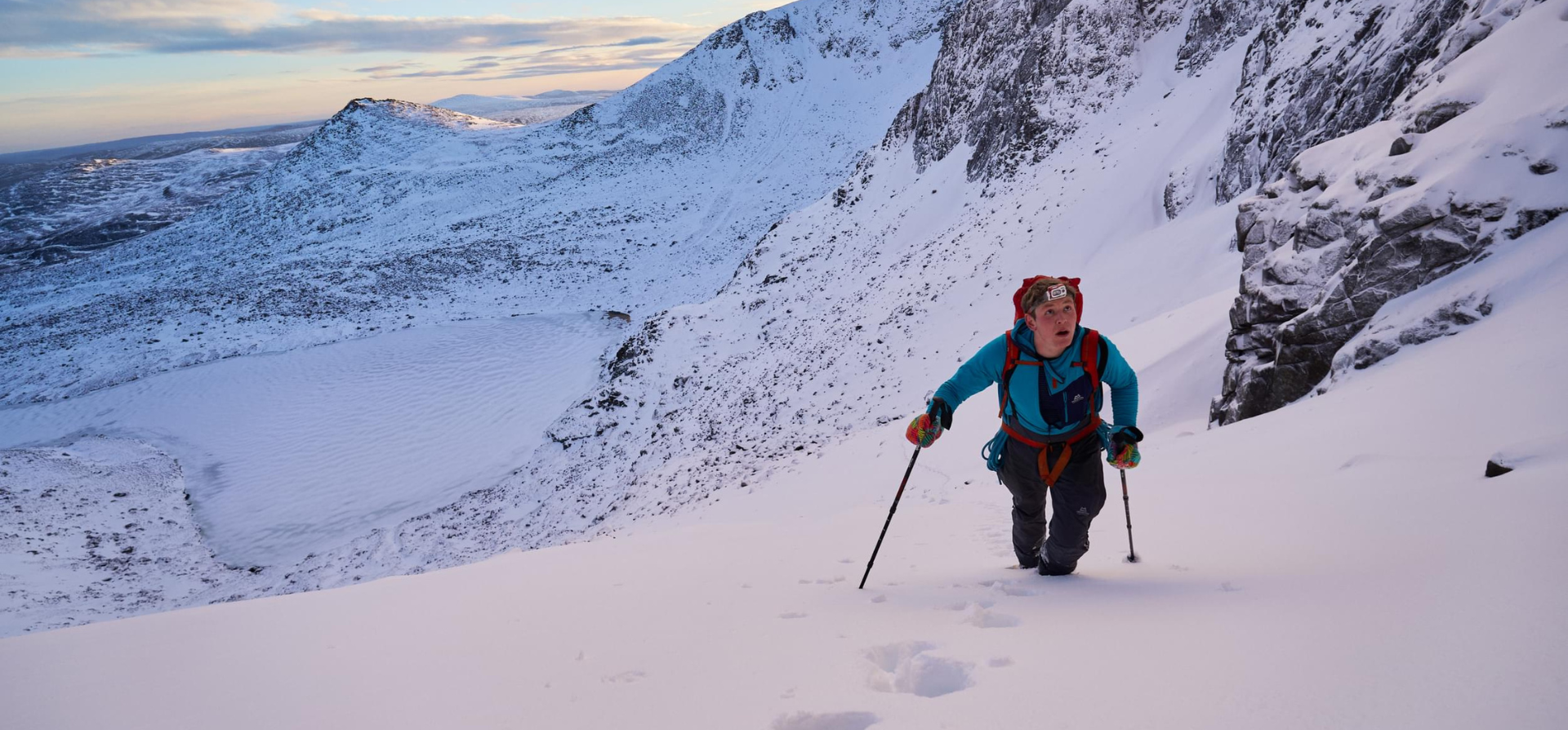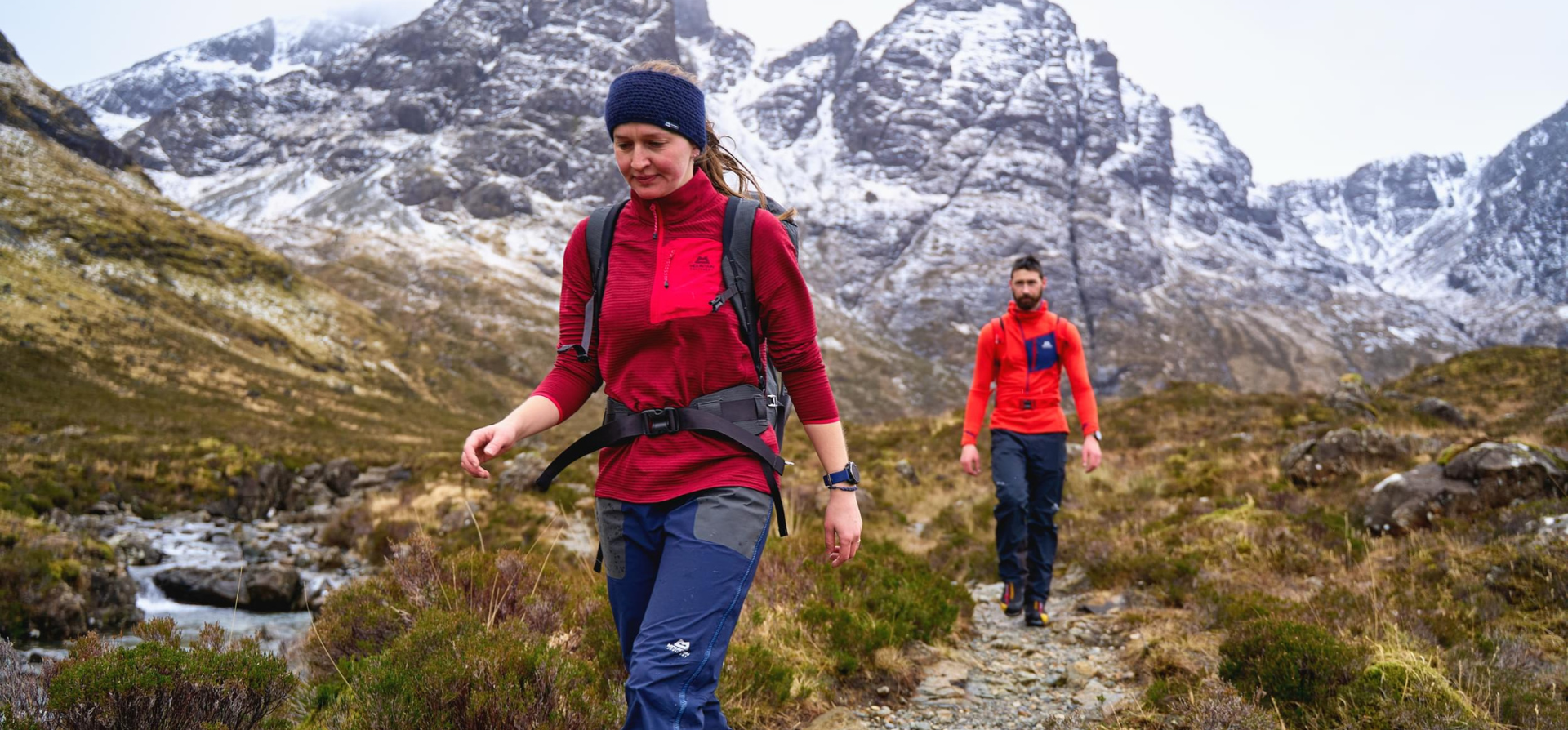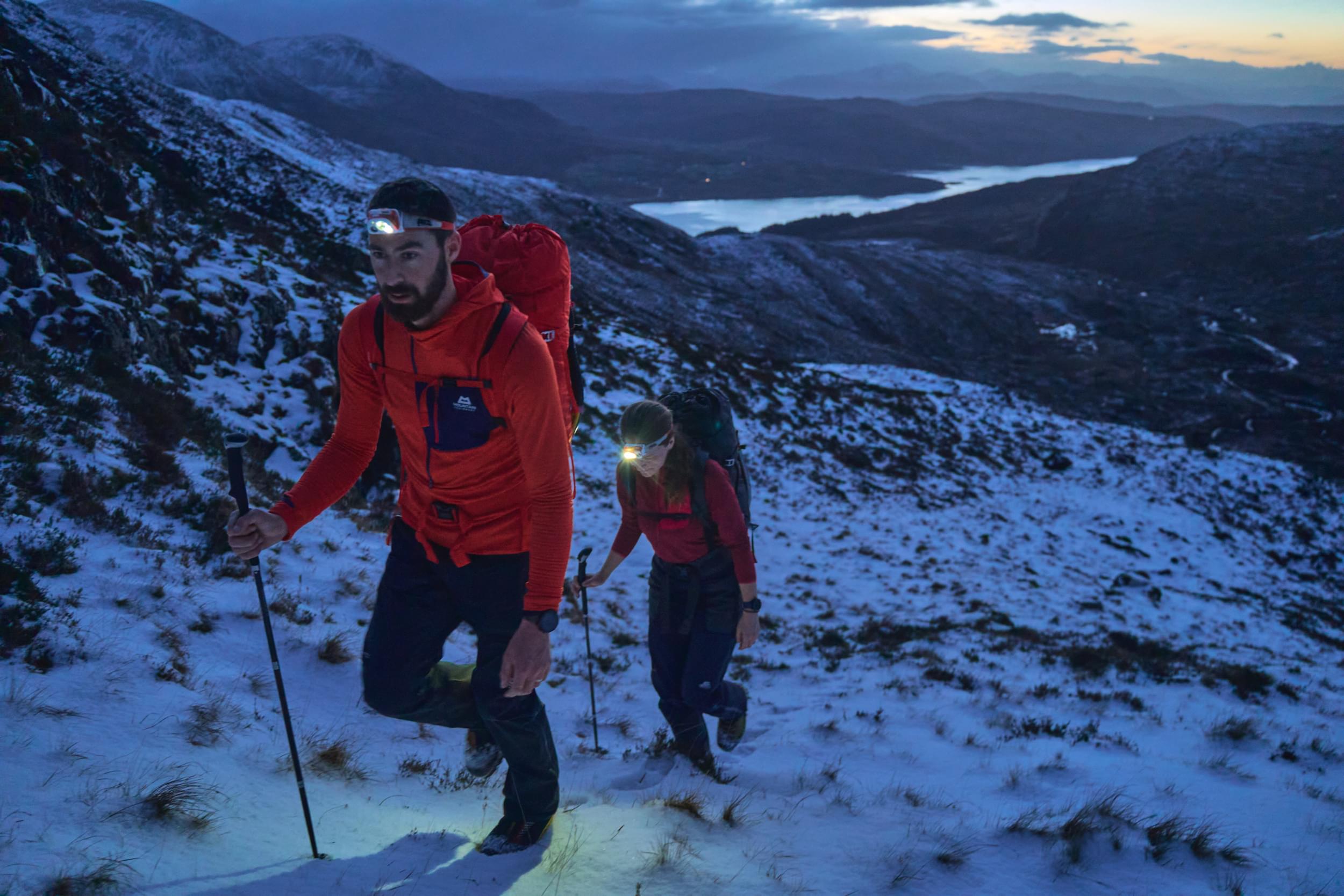Warmth
The warmth of a fleece is best indicated by thickness: a thick and fluffy fleece will offer the greatest warmth. Consider how warm you actually need your fleece to be: a really thick fleece will likely be unsuitable for mild conditions or for working hard in, but ideal for less active use or for really cold conditions. If in doubt, go for a lighter weight fleece to prevent overheating, as you can always layer on top if it is colder than expected.
Wind resistance
This is a key consideration: how windproof do you want your fleece to be? A windproof fleece is likely to be a little less breathable and comfortable to wear than a very air permeable one, but it will resist cooling winds better. Many people like to use a very air permeable fleece and then to wear a windproof jacket like a softshell, or in wet weather a waterproof, over the top to keep the wind out. The easiest way to determine wind resistance is to try blowing through the fabric, or to see how many holes are in it: a really open knit will let more air through and keep less wind out.
Features
The biggest consideration when it comes to a fleece’s features is whether you need a hood. A hood increases versatility and adds a lot of warmth without much extra weight, but some people don’t like having multiple hoods layered over one another. Pockets, too, are another consideration, and whether to choose a full length zip or a shorter one. More features increase weight and bulk but increase versatility.
Construction
There are countless different types of knits, each resulting in different types of fleece. A grid fleece, such as our Pontetorto Tecnostretch fleeces used in our Eclipse series offers the greatest warmth for its weight by creating lots of room for trapped air. Denser knits offer greater wind resistance but may trap less warmth. Somewhat related to construction is whether the fleece has any additional treatment applied to it such as Polygiene. Polygiene is an antibacterial treatment that reduces the buildup of odour and which means a fleece needs to be washed less often. This is ideal for longer trips but also a great way to increase the fleece’s lifespan by reducing the need for laundering.

Sustainability Considerations
As with all things, the most sustainable purchase is to buy nothing and keep the one you already own: buying any item of clothing has an environmental cost. If you are buying a new fleece then buy one that lasts and look after it. Wash your fleece only when it really needs it, get it repaired when required, and wear it until it falls apart. If your fleece is too tired for your hardest days out then retire it to easier walks or for steady bouldering sessions.
If you’re buying a new fleece then look for recycled content, environmentally considerate dyeing processes, good factory practises and worker rights, and only buy one that you will still love in a decade’s time. There’s more care advice for fleeces on our care pages.
Recycled Content
Most fleece fabrics are made from polyester, traditionally derived from crude oil but increasingly available in a recycled form derived from used plastic bottles. Good quality feedstocks – raw materials – mean that recycled fleece fabrics are now almost indistinguishable from virgin fabrics, and yet have a big environmental benefit by leaving fossil fuels in the ground and keeping an existing plastic out of landfill. However, many fleeces are not 100% polyester and contain elastane too, a fibre which increases stretch. Elastane is very difficult to source in a recycled form, so many fleece fabrics contain 100% recycled polyester, but have virgin elastane fibres in them.


Microfibres
Microfibres are small fibres that are shed by fabrics. They are a concern because they are now found all over the world, including in places with seemingly very little human impact, and they have been found inside many organisms, even those living deep in the ocean. Contrary to popular belief, it is not just synthetic fibres like polyester fleece that are the problem, as cellulose - cotton - fibres are found just as often as synthetic fibres are (while cotton might biodegrade in nature, once it has been processed and dyed it does not readily degrade, and so can last just as long as synthetic fibres). We source fleece fabrics that do not unduly shed microfibres and recommend that fleece products are kept in use for as long as possible to minimise the heaviest shedding that occurs when a product is new. Microfibre research is progressing all the time and we are keeping abreast of the latest developments. If you are particularly concerned with microfibre pollution then washing your clothing in a microfibre-minimising washbag can offer benefits.








